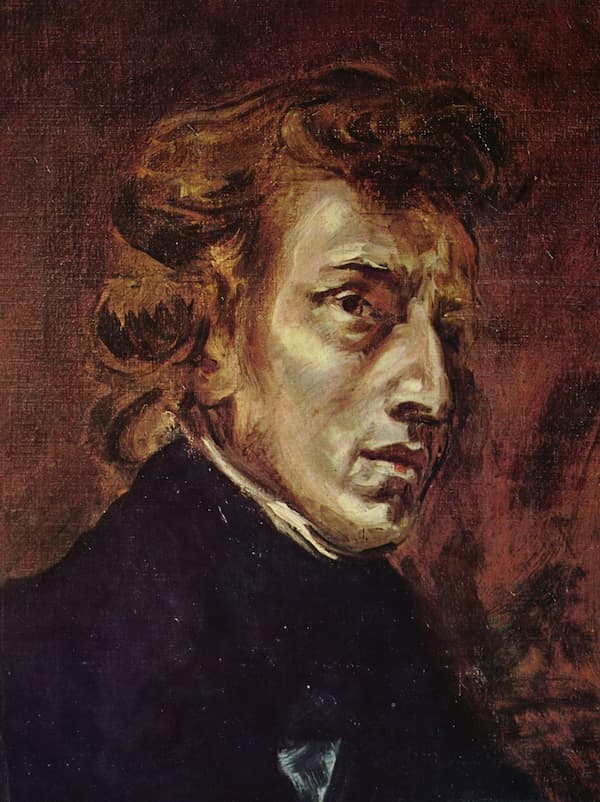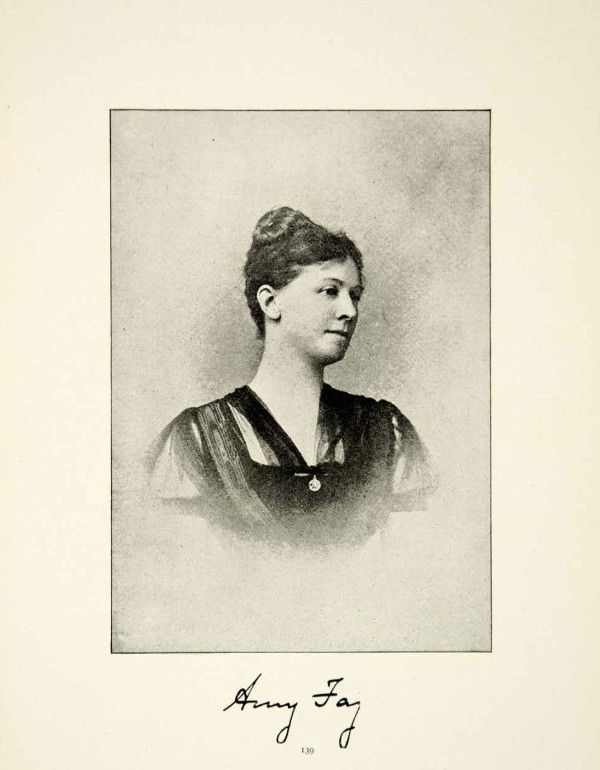 Music has the power to tug at the heartstrings, and evoking emotion is the main purpose of music – whether it’s joy or sadness, excitement or meditation. A certain melody or line of a song, a falling phrase, the delayed gratification of a resolved harmony – all these factors make music interesting, exciting, calming, pleasurable and moving.
Music has the power to tug at the heartstrings, and evoking emotion is the main purpose of music – whether it’s joy or sadness, excitement or meditation. A certain melody or line of a song, a falling phrase, the delayed gratification of a resolved harmony – all these factors make music interesting, exciting, calming, pleasurable and moving.
Tears and chills – or “tingles” – on hearing music are a physiological response which activates the parasympathetic nervous system, as well as the reward-related brain regions of the brain. Studies have shown that around 25% of the population experience this reaction to music. But it’s much more than a pure physiological response. Classical music in particular steers a mysterious path through our senses, triggering unexpected and powerful emotional responses, which sometimes result in tears – and not just tears of sadness.
Tears flow spontaneously in response to a release of tension, perhaps at the end of a particularly engrossing performance. Certain pieces of music can remind us of past events, experiences and people, triggering memories and associated emotions. At other times, we may feel tearfully awestruck in the face of the greatness or sheer beauty of the music.
This last response has a name – Stendhal Syndrome – and while the syndrome is more commonly associated with art, it can be applied equally to the powerful emotional reaction which music provokes.
A psychosomatic disorder, Stendhal Syndrome, or hyperkulturemia, causes rapid heartbeat, dizziness, sweating, disorientation, fainting, tears and confusion when someone is looking at artwork (or hearing a piece of music) with which he or she connects emotionally on a profound level. The phenomenon, also called ‘Florence Syndrome’, is named after the French author Marie-Henri Beyle , who wrote under the pen-name of ‘Stendhal’. While visiting the Basilica of Santa Croce in Florence, he became overcome with emotion and noted his reactions:
“I was in a sort of ecstasy, from the idea of being in Florence, close to the great men whose tombs I had seen. Absorbed in the contemplation of sublime beauty … I reached the point where one encounters celestial sensations … Everything spoke so vividly to my soul.”
While there is some debate as to whether the syndrome actually exists, there is no doubt that music (and art and literature) can have a very profound effect on our emotional responses.
Certain pieces are well-known tear-jerkers, including:
Mahler: Adagio from Symphony No. 9 in D
One of the most poignant farewells in music
Gustav Mahler: Symphony No. 9 in D Major – IV. Adagio – Sehr langsam und noch zuruckhaltend (Stuttgart Radio Symphony Orchestra; Roger Norrington, cond.)
Schubert: Winterreise
Personal tragedy portrayed in hauntingly beautiful music
Elgar: Cello Concerto
Wistful soaring melodies and a sense of hope and anguish, particularly in the final movement, this is Elgar’s tragic masterpiece
Allegri: Miserere
Ethereal chords combined with plainchant, the exquisite simplicity and beauty of this music is guaranteed to set the tears flowing
Rachmaninoff: Slow movement, Piano Concerto No. 2
Put simply, this is sublimely beautiful music.
For more of the best in classical music, sign up for our E-Newsletter




Beethoven’s “Ode to Joy.” And one soaringly beautiful rendition of “Amazing Grace.”
Listening to Paul Barton play ‘The Harmonious Blacksmith’ by Handel makes me cry every time I hear it. It is a beautiful piece of music and Paul Barton’s arrangement takes me to a sublime level. I can listen to it over and over.
When I hear Aled Jones ( as a boy treble) sing Oh Holy Night, I sob. It is the most beauteous sound I have ever heard.
Nothing in the world is as wonderful as the sound of a boy treble. No female voice can ever compare. They sing in the head. Girls do not.
Little Wing, especially the Stevie Ray Vaughan version makes me weep every time, especially since I picked it as a song at my younger brother’s cremation. He loved playing guitar and I felt this song was perfect. It’s a lot longer and emotive than Jimi’s original imho.
The Psalms. Listen to The Psalms, a CD of the choir of St John’s College, Cambridge under Andrew Nethsingha. Beautiful. Took me back to my days as a cathedral chorister.